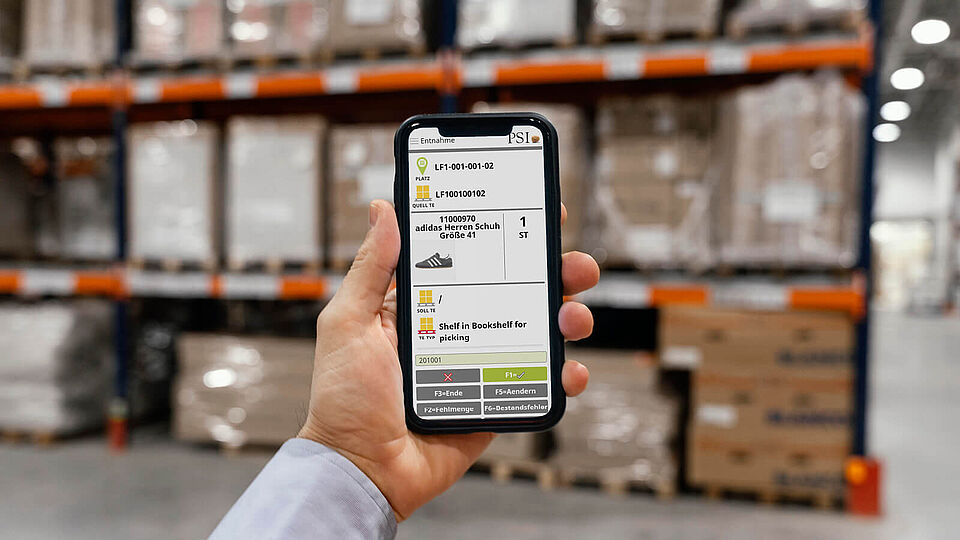Smooth processes are essential for intralogistics. A warehouse management system (WMS) ensures reliable interaction between processes such as goods receipt, order picking, and shipping. However, warehouse systems change regularly. This makes it all the more important to verify that everything is functioning as planned. Manual testing has limitations: it is time-consuming, error-prone, and not reproducible. Automated testing, on the other hand, provides reliable results, saves time, and enables traceability without disrupting ongoing operations.
Automated test procedures enable the digital simulation of entire process chains. The test system handles all the steps, checking that the defined processes are running correctly, reporting any deviations, and documenting the results. The actual warehouse infrastructure remains unaffected. Tests run in isolation using a realistic test database. This method is not only efficient but also extremely user-friendly and intuitive. Predefined test suites cover central WMS functions across departments, such as goods receipt, stock transfer, and order picking. Hundreds of scenarios can be run through in a short time.
Manually checked or automated testing?
Automated test procedures are ideal for standardized processes. Test cases with a recurring structure can be run quickly and reliably. This allows the entire warehouse cycle of a typical day to be mapped virtually. However, processes can also be checked manually. There are two options:
Scripted testing
This method is based on a predefined test suite that outlines clear procedures and steps. It clearly defines the actions that users must perform and the order in which they must perform them. The repeatability of the tests is central to quality assurance. It is the only way to verify that documented processes continue to function reliably after changes have been made.
Exploratory testing
The exploratory approach does not require a fixed test structure. It is based on defined goals and a plan for achieving them efficiently. Testers actively and flexibly explore system behavior, which is particularly helpful for new or unusual requirements.
While not all test cases can be automated, manual testing will become less important in the long term. Automated procedures eliminate common errors, reduce effort, and relieve the burden on specialist staff. This allows time and human resources to be used more efficiently.
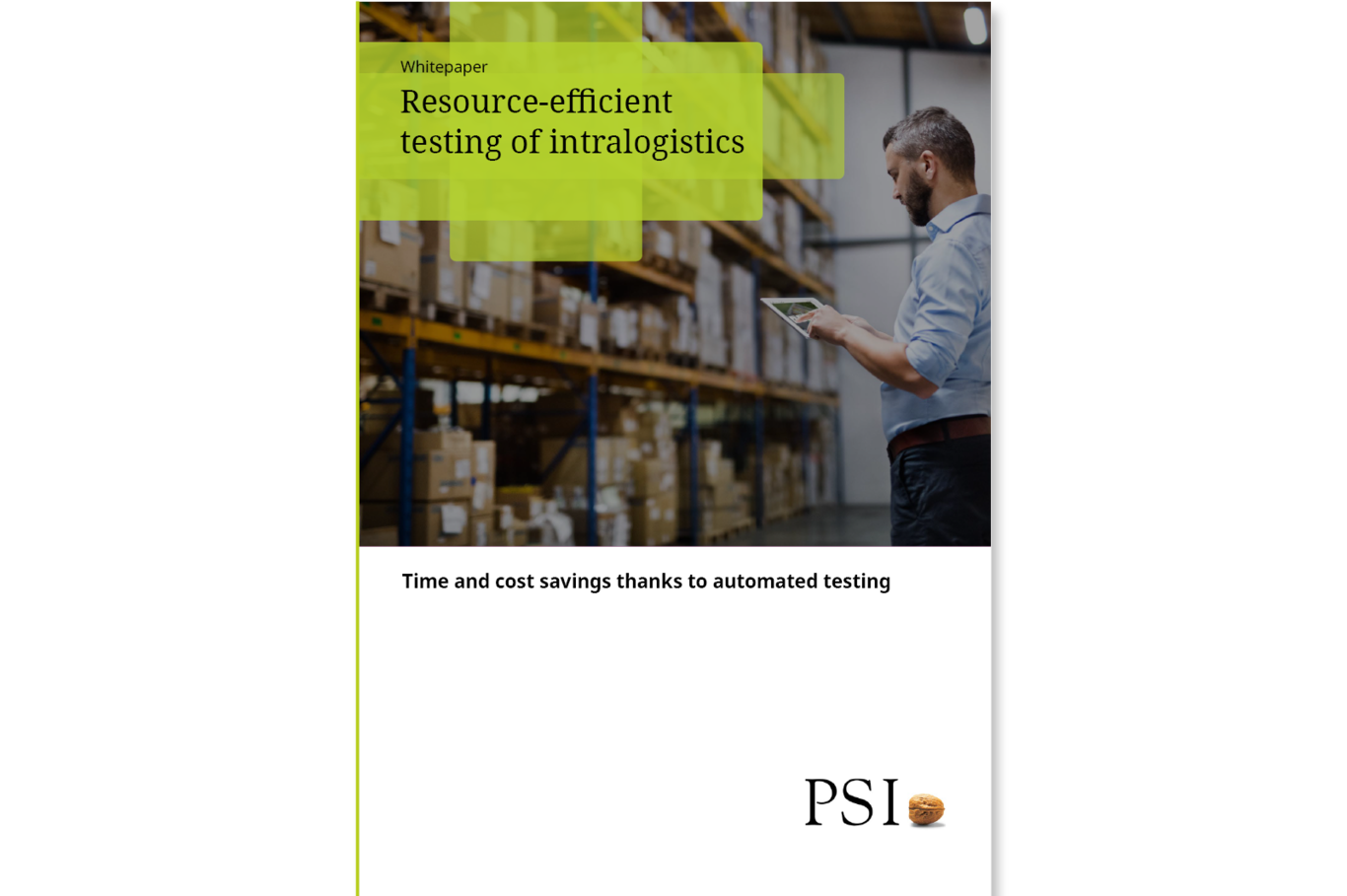
Resource-efficient testing of intralogistics
Read the whitepaper to learn how automated testing in PSIwms improves the quality of your intralogistics processes, saving you time and money. The result is greater transparency, less effort, and maximum security for system updates and reconfigurations. Read about how other logistics companies are successfully using automated testing to optimize their processes in the long term.
PSIwms: Testing without programming knowledge
Until now, creating and operating test suites required in-depth programming knowledge. Now, the focus is on intuitive settings to provide user-friendly analysis options during testing. The PSI test framework adopts this concept by starting directly with the configuration of logistical processes. Users of PSIwms can automatically create the basis for their own test cases without any prior technical knowledge.
Unlike traditional methods, which require precise specification of each test step, PSI enables you to map a complete warehouse cycle with just a few entries. In most cases, defining the relevant objects (such as articles and orders) and their parameters is sufficient to perform realistic and meaningful tests.
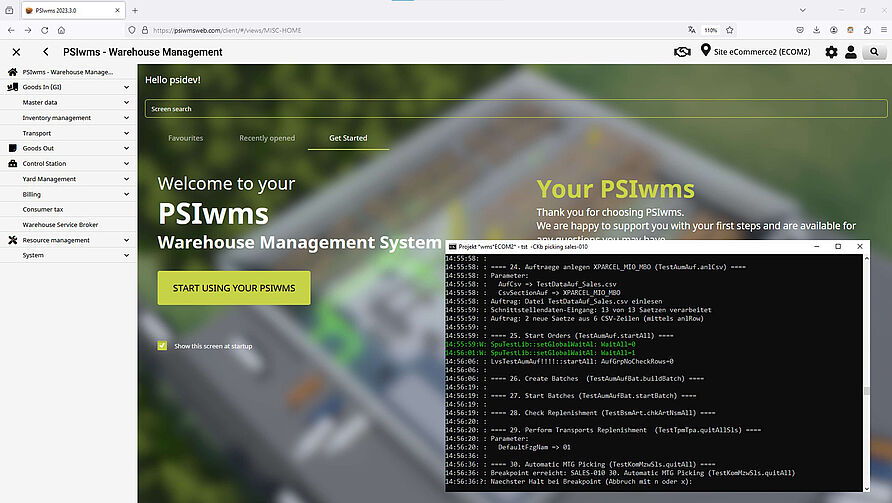
FIEGE and NOSTA demonstrate how it works
Two customer examples illustrate the variety of requirements in practice, ranging from FIEGE's complex multi-client operations to NOSTA's introduction of new configurations at multiple warehouse locations. They also demonstrate the flexibility of the test framework in responding to these different situations and the added value it provides in each application context.
FIEGE, one of Europe's leading contract logistics service providers, has relied on PSIwms and its automated testing tool for many years. In multi-client warehouses especially, it helps identify potential interactions between new and existing customer processes early on. This prevents errors from the outset and enables targeted testing of individual process steps, such as goods receipt or picking. Tests can also be carried out overnight in the "nightly build" so that the results are available the next morning.

We see great potential in automated testing. This tool allows us to independently test processes and configurations and has helped us eliminate errors in recent years. I look forward to the technical innovations that our continued partnership with PSI will bring.
NOSTA Group, a family-owned logistics service provider with approximately 800 employees, has used PSIwms at several of its warehouse locations since 2008. Previously, goods receipts and tests were carried out manually. These processes were error-prone and time-consuming. With PSIwms's automated testing tool, NOSTA can now non-invasively test whether and how new clients affect existing processes before accepting them into the warehouse. Sources of error are identified early and rectified in a targeted manner. Learn more in the case study Automated testing in the WMS.
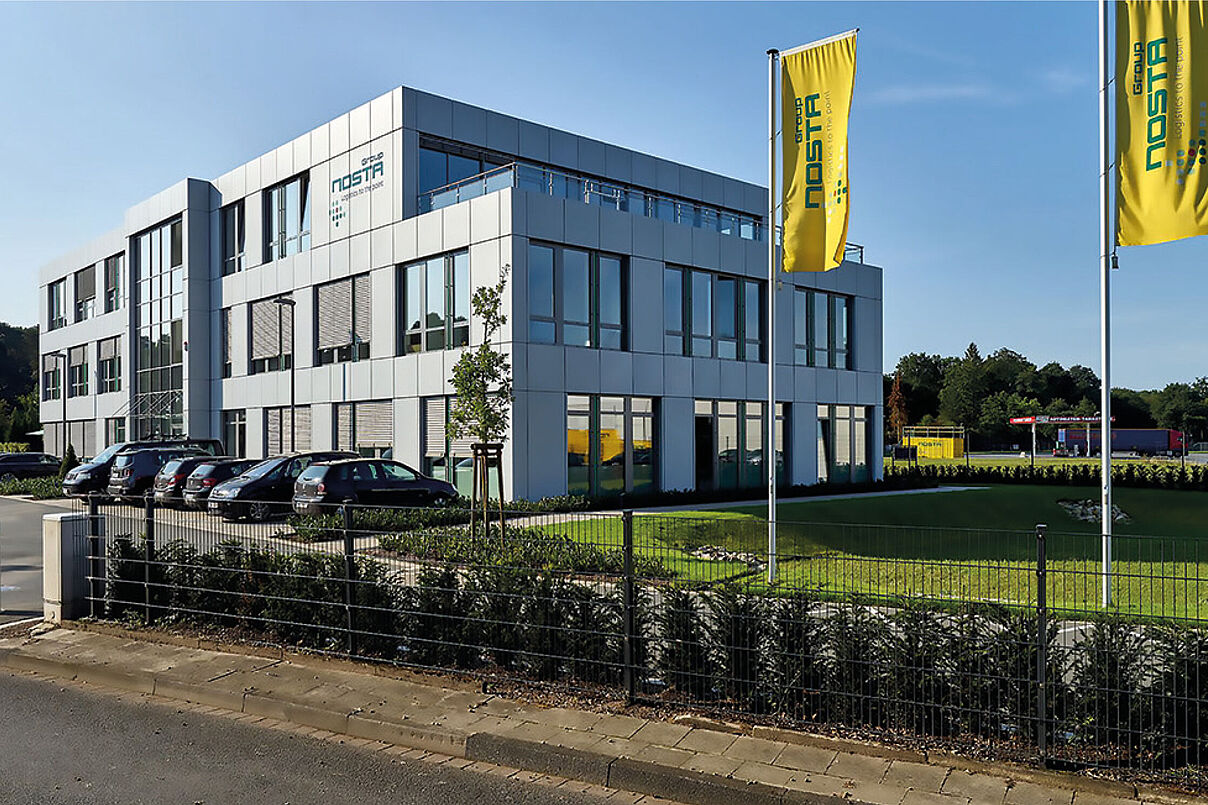
Automated testing has become indispensable to us. It has helped us increase our efficiency. Given today's volume of data, manual testing is no longer an option for us.
Conclusion: Trust is good, testing is better
To automate warehouse processes, don't stop at testing. Automated tests lay the groundwork for stable systems, efficient processes, and traceable quality assurance, particularly in highly dynamic environments. At PSI, you can create test suites without in-depth programming knowledge because they are formulated in the same language as the logistics configuration. Those who configure processes in the system can also create suitable tests to ensure their long-term functionality. In this context, manual testing procedures that require active intervention are becoming increasingly irrelevant.

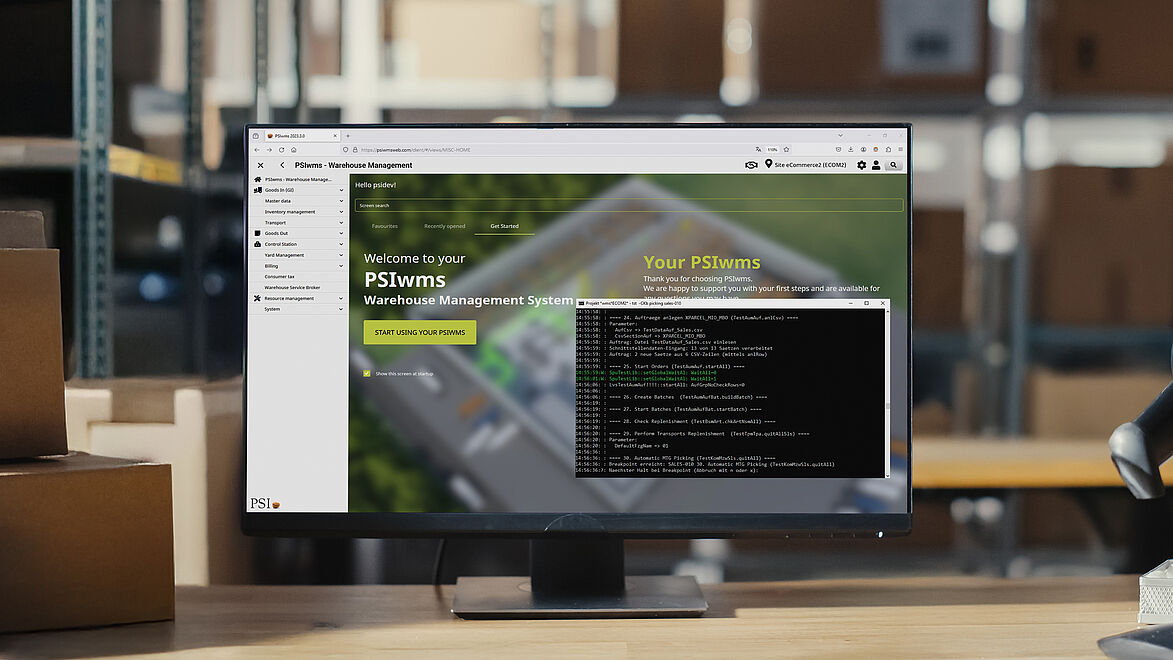
![[Translate to English:] [Translate to English:]](/fileadmin/_processed_/3/9/csm_Materialflussoptimierung-mit-PSIwms_6220e1f9ce.jpeg)
![[Translate to English:] [Translate to English:]](/fileadmin/_processed_/d/5/csm_composing-psiwms-regelwerke-de_a035ce8eef.jpg)
